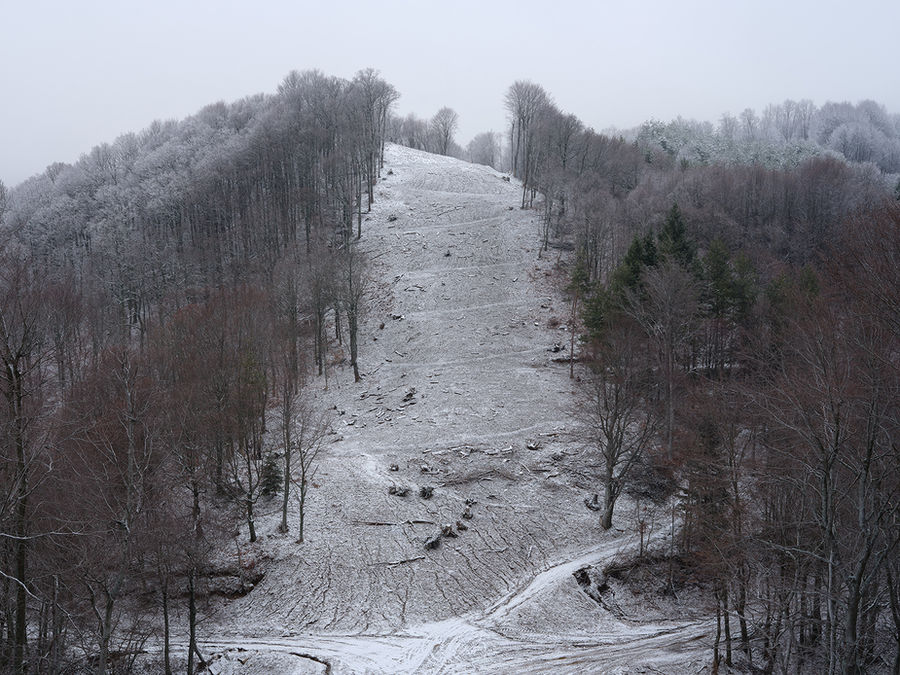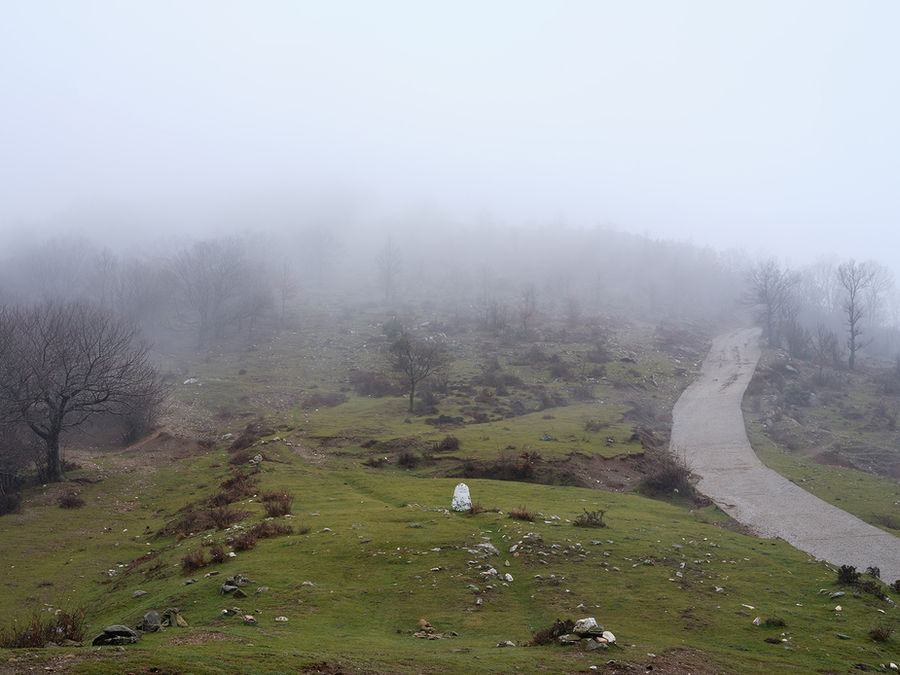Borders
The dominant perception of borders presents them as defensive lines protecting the nation-state from external “invaders”, a narrative constructed and reinforced through laws, infrastructures, and rhetorics that frame them as essential for national security. The photographic project Borders examines the land and maritime borders of Greece, focusing on their deeper connection to the ideology of fear of the “Other”. At the same time, it explores how borders, as state institutions, are being imposed and how they shape a collective perception, an identity, of “who we are” in relation to “who the Others are”.
The project investigates the unknown border landscape: restricted zones along the frontiers and border areas that have been shaped by the very existence of borders. On one hand, places of memory tied to historical struggles and disputes, and border constructions erected to mark, monitor, and safeguard territorial sovereignty. On the other hand, empty or ambiguous spaces that reveal the permeability of borders, as well as areas that acquire new significance due to migration flows and emerging geopolitical conditions.
Each border possesses its own distinct physiognomy, shaped by geographical, demographic, political, and historical factors. These spaces testify to struggles, power dynamics, and the developments in the relationships between neighboring states, highlighting the multiple narratives they encompass.
At the same time, border zones are spaces of restricted access and power imposition. Sometimes visible, sometimes invisible, this authority generates a sense of constant surveillance, unease, fear, and submission for those who approach them. In the Borders project, these spaces are transformed into sites documenting the multifaceted nature of borders.
In an era when the reinforcement of borders is globally resurfacing as a strategy to protect against the consequences of wars, pandemics, and climate change, the Borders project seeks to reexamine the very concept of boundaries. Through this work, contradictions, challenges, and the inherent fluidity of borders are brought to light. It invites us to reflect on how these constructed boundaries shape our collective understanding of identity and otherness, reminding us that no border has lasted forever.




















